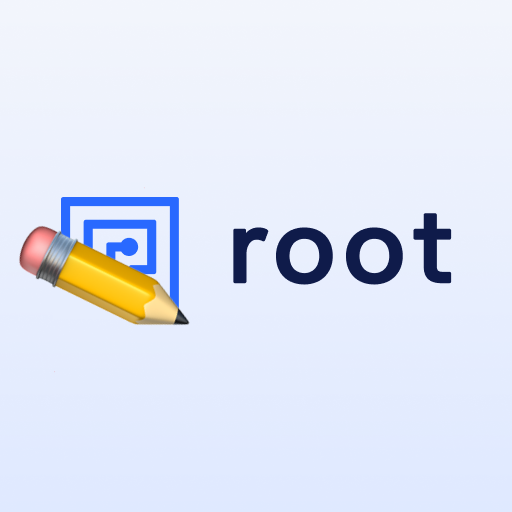What do Lego and insurance have in common? “Absolutely nothing.” Well, that's what most people would say without batting an eye. The one is a toy brick invented during the 1940s in a small workshop in Denmark, and the other... is a bit more complex.
I joined the Root team earlier this year to help figure out how we can help companies win in insurance, given the huge shifts in technology and society that's currently underway. At Root we’re busy building the future of insurance and seeing a lot on the cutting edge, so I wanted to share some of my learnings. Let’s start with the basics.
The origin
The basic principle behind insurance – risk sharing – has been around since pretty much the dawn of humanity. People had a good understanding of basic risks and acted accordingly by spreading it out. Whether by having many children, hunting in groups, or spreading valuable cargo across more than a single ship.
Insurance as we know it originated in the 1600s in the coffee houses of London. Here, the concept of underwriting – a process of accepting risks and determining appropriate terms, conditions and premiums for the risk – was first used. These risk markets were later formalised into Lloyds of London, a primary meeting place for those who supply and demand insurance cover. Believe it or not, Lloyds still functions in practically the same way as it did in the 1600s.
Unsurprisingly, the insurance industry is generally perceived as an archaic, slow-moving industry. An industry characterised by significant (and ever-changing) regulation, legacy systems and quite frankly, a black box that few people dare try to understand and engage with.
Insurance innovation - from where?
As history has proven time and again, the best innovation often comes from outside the bubble. From the non-traditionalists who are free from conventional thinking. From those who prefer to approach things from first-principles. Those who are currently transforming entire industries with the power of software.
Sadly, these “outsiders” have largely been locked out of the insurance industry. Blocked by cultural inertia and the lack of key technology building blocks.
Insurance as building blocks
So what do I mean by technology building blocks? Essentially, modern software innovation practices involve building brand new value by combining the prior work of others. Prior work, or "web-services" in the case of the cloud, is accessed through standard Application Programming Interfaces (APIs). These allow different software programs or services to interact with each other. APIs are the building blocks in the digital world. Are you starting to see the Lego?
Today, APIs exist for most things, including GPS location, payments, weather, email or SMS. There are even APIs to get pictures of Mars captured by JPL’s rovers and APIs to send snail mail through the post. But APIs for insurance? Until now...nothing.
Root has built an operating system for innovators in insurance. Through a comprehensive API toolkit, the full gambit of building blocks is now available to innovators. The toolkit includes everything required to prototype and launch compliant insurance products. It takes care of all the complexities involved across different insurance products, so that innovators can stay focused on what matters most: their customers.
During my time here at Root, I've experienced how these building blocks can enable companies to launch a variety of insurance products fast. Companies ranging from small startups to large incumbent insurers, and from brokers to large national retailers. Seeing what the power of software innovation in insurance can unlock has truly opened my eyes.
Now that the world of insurance is unbundling, what do you think the future will hold?
By the way, if you’re interested in joining this exciting mission: we’re hiring! Take a look at our careers page to see what’s going on at Root! :)


